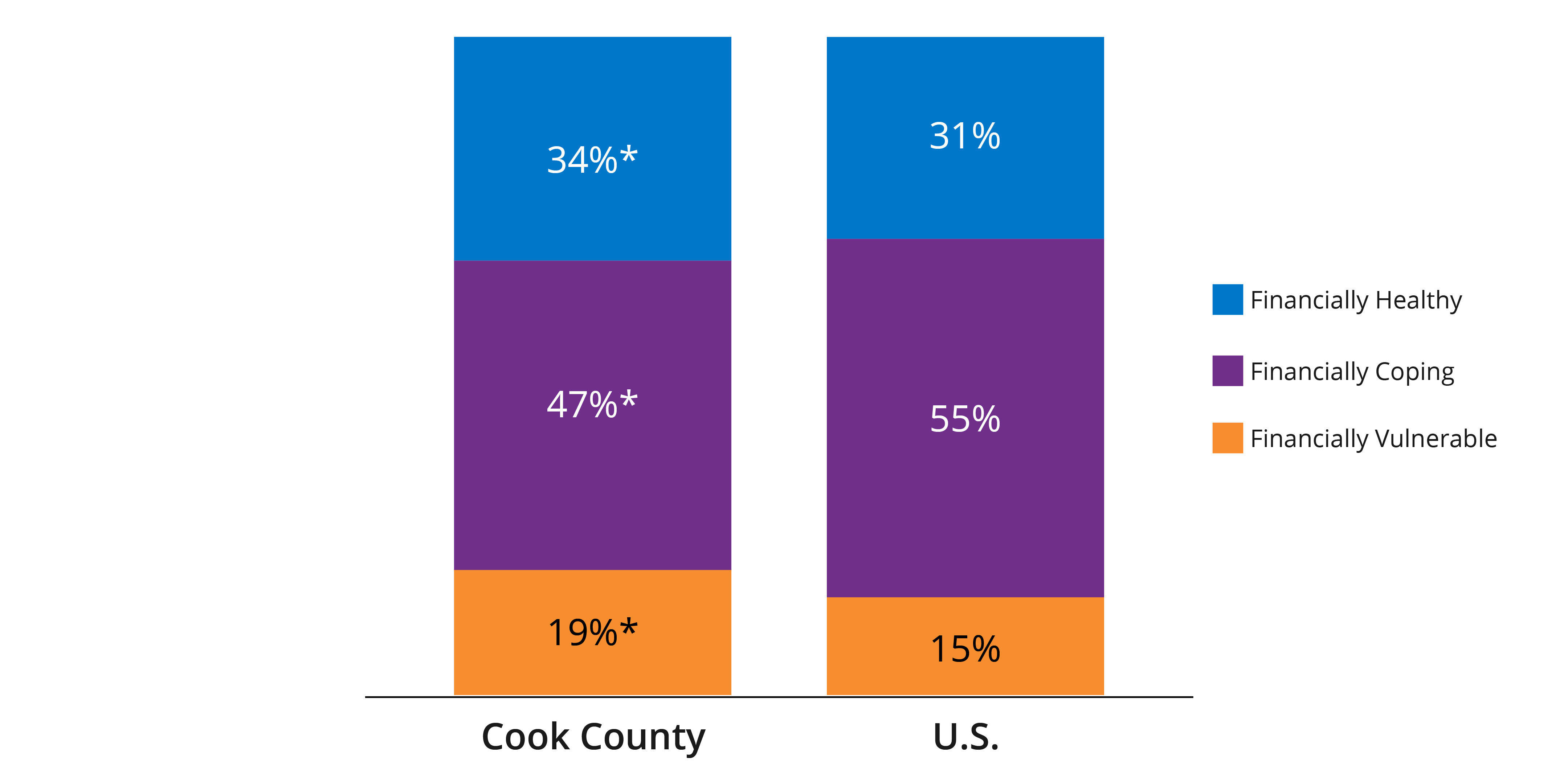Research Paper
Financial Health Pulse® 2022 Chicago Report
In our first report to focus on the Financial Health Network’s home city, we explore the realities of the financial lives of people in Chicago and neighboring Cook County suburbs.

Financial Health Pulse® 2022 Chicago Report
Explore the trends. Discover new insights. Build stronger strategies.





